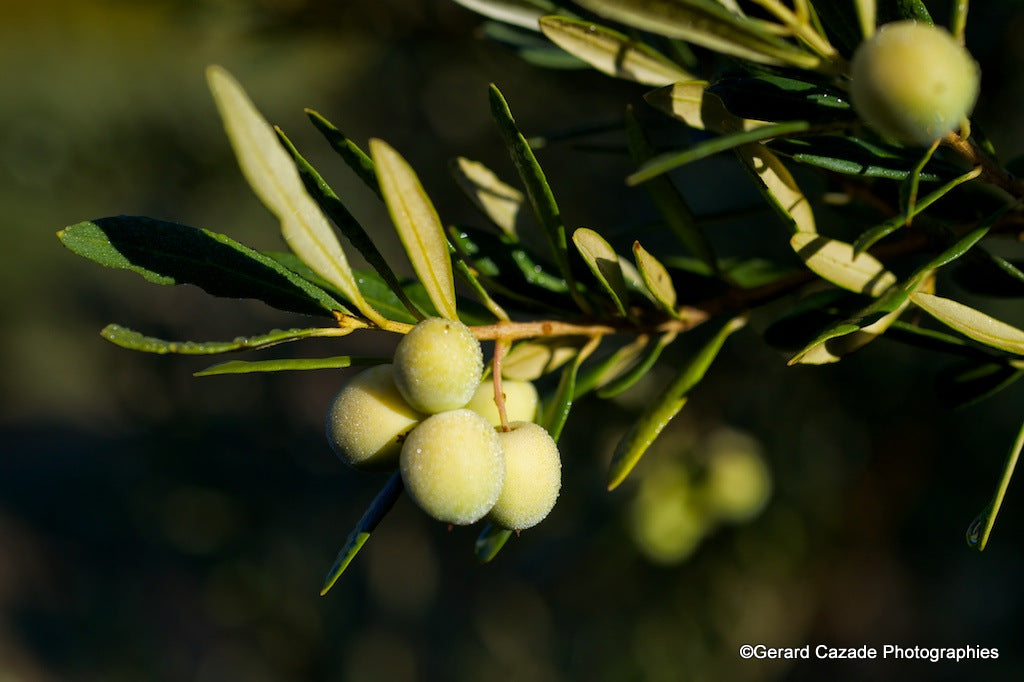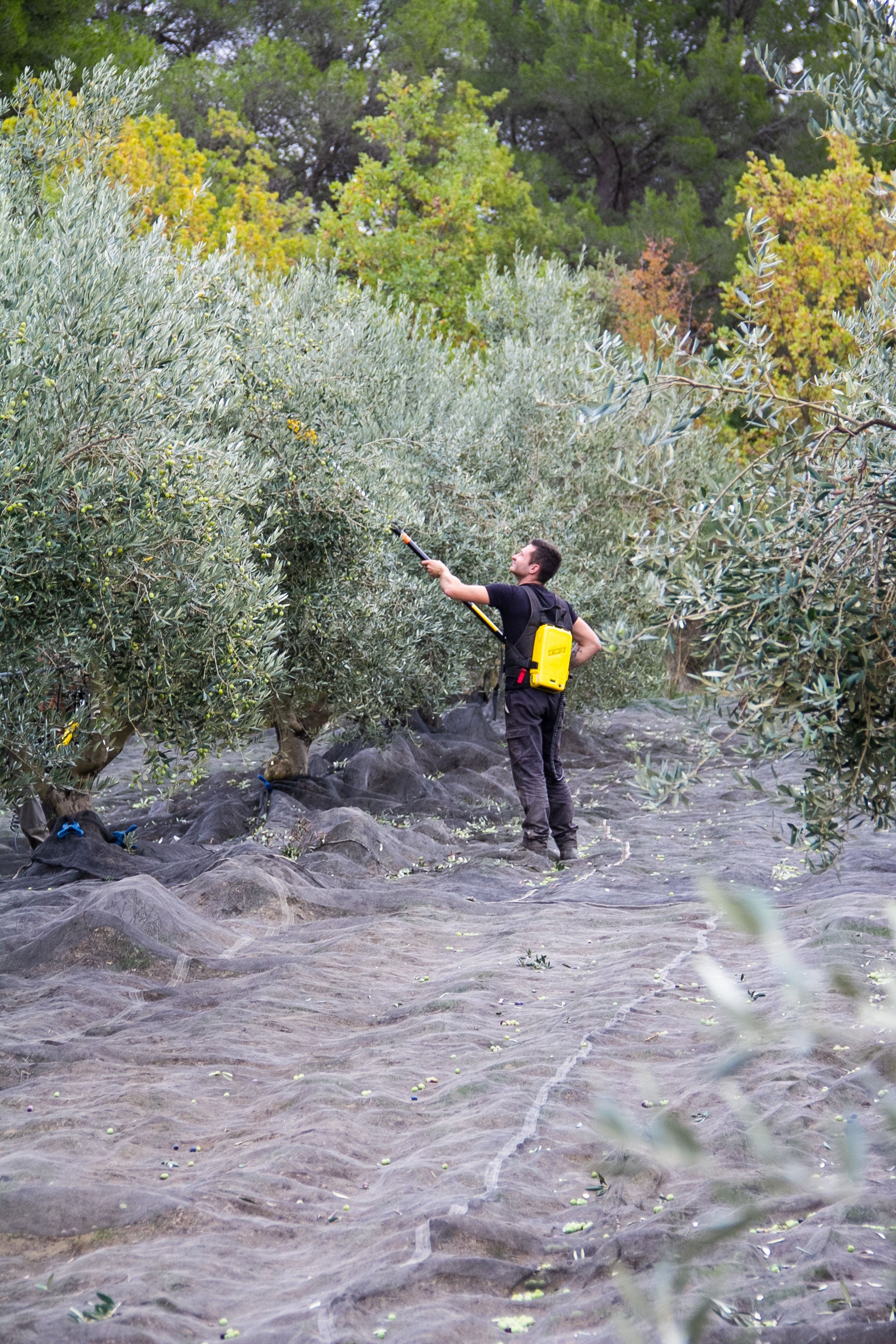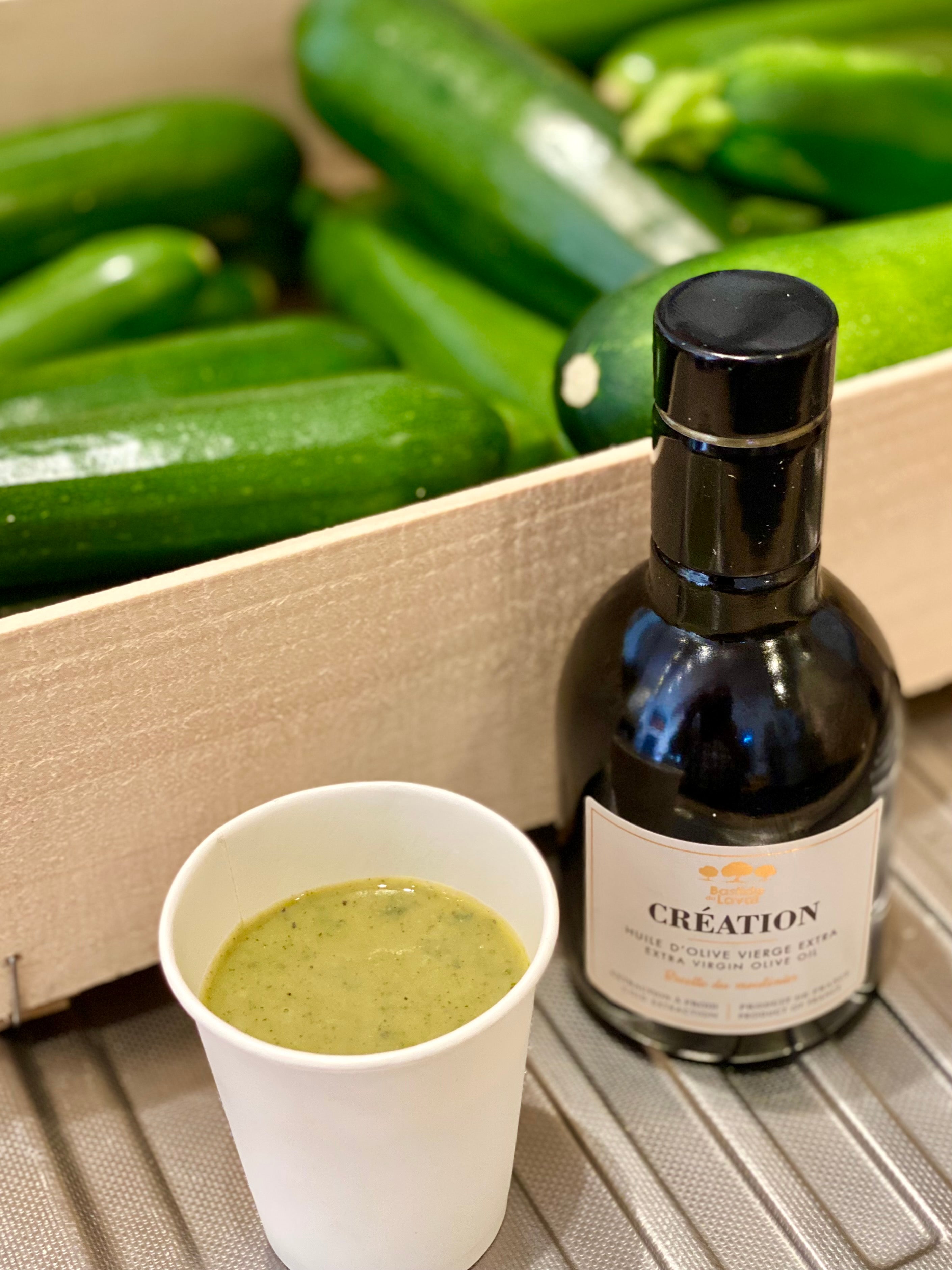During his very long life, he went through several key periods during which his olive production evolved.
From its first months to its 35 years, the olive tree is still very young. It gradually begins to produce its fruits, but you have to wait until it turns 35 to harvest a good quantity of olives.
After turning 150, retirement age has arrived! Its olives are certainly fewer in number but they create very sweet oils, as appreciated as those of these youngest ones!
Each year, the tree follows a regular cycle. From June, we start to see the little olives appear on our trees. This is the fruit setting phase during which the flower falls and leaves its place for the fruit. Although currently only a few millimeters in size, these olives will assert themselves to allow us to make our famous nectars!
The olive will gradually develop until November to become large enough to be harvested. The month of September is the time for color change. Veraison is the phenomenon of changing the color of the fruit: from green to black! The olive will then continue to ripen until December.
Our trees will then take a winter vacation to rest from their hard work! We will find them in March for their annual size to give them more strength and allow them to flourish more.
Come May and June, it’s flower time! The olive trees are covered with multitudes of small white flowers on their branches. Some of them will fall to the ground. The luckiest ones will be fertilized and become olives!
Now knowing everything about your dear friend's cycle, don't forget to protect him from his enemies! Find more information on this natural barrier on the Afidol - France Olive website.



